Filter by
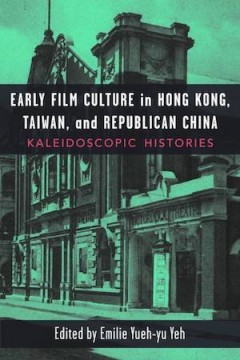
Early Film Cultures in Taiwan, Hong Kong, and Republican China: Kaleidoscopic…
This collection explores the complex world of early cinema in China, Hong Kong, and Taiwan. The story of how cinema established itself in China has not been well-understood. Cultural models for cinema-going and industry practices varied widely across China. By looking at several centers of cinematic activity, going beyond commercial fiction film to include non-fiction films (such as educational…
- Edition
- -
- ISBN/ISSN
- 9780472073726
- Collation
- -
- Series Title
- -
- Call Number
- 791.43 YEH e

The Un-Americans: Jews, the Blacklist, and Stoolpigeon Culture
In a bold rethinking of the Hollywood blacklist and McCarthyite America, Joseph Litvak reveals a political regime that did not end with the 1950s or even with the Cold War: a regime of compulsory sycophancy, in which the good citizen is an informer, ready to denounce anyone who will not play the part of the earnest, patriotic American. While many scholars have noted the anti-Semitism underlying…
- Edition
- -
- ISBN/ISSN
- 9780822344674
- Collation
- -
- Series Title
- -
- Call Number
- 791.43 LIT u

The Sopranos
“In its original run on HBO, The Sopranos mattered, and it matters still,” Dana Polan asserts early in this analysis of the hit show, in which he sets out to clarify the impact and importance of the series in both its cultural and media-industry contexts. A renowned film and TV scholar, Polan combines a close and extended reading of the show itself—and of select episodes and scenes—with…
- Edition
- -
- ISBN/ISSN
- 9780822343929
- Collation
- -
- Series Title
- -
- Call Number
- 791.45 POL s
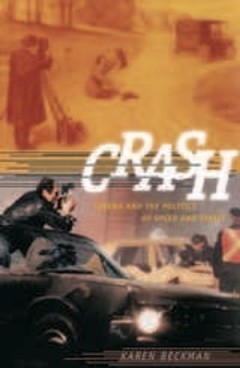
Crash: Cinema and the Politics of Speed and Stasis
Artists, writers, and filmmakers from Andy Warhol and J. G. Ballard to Alejandro González Iñárritu and Ousmane Sembène have repeatedly used representations of immobilized and crashed cars to wrestle with the conundrums of modernity. In Crash, Karen Beckman argues that representations of the crash parallel the encounter of film with other media, and that these collisions between media offer …
- Edition
- -
- ISBN/ISSN
- 9780822347088
- Collation
- -
- Series Title
- -
- Call Number
- 791.43 BEC c
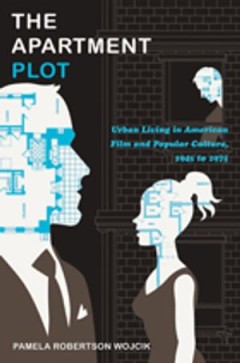
The Apartment Plot: Urban Living in American Film and Popular Culture, 1945 t…
Rethinking the significance of films including Pillow Talk, Rear Window, and The Seven Year Itch, Pamela Robertson Wojcik examines the popularity of the “apartment plot,” her term for stories in which the apartment functions as a central narrative device. From the baby boom years into the 1970s, the apartment plot was not only key to films; it also surfaced in TV shows, Broadway plays, lite…
- Edition
- -
- ISBN/ISSN
- 9780822347521
- Collation
- -
- Series Title
- -
- Call Number
- 791.43 WOJ a

Soldiers' Stories: Military Women in Cinema and Television since World War II
From Skirts Ahoy! to M*A*S*H, Private Benjamin, G.I. Jane, and JAG, films and television shows have grappled with the notion that military women are contradictory figures, unable to be both effective soldiers and appropriately feminine. In Soldiers’ Stories, Yvonne Tasker traces this perceived paradox across genres including musicals, screwball comedies, and action thrillers. She explains how…
- Edition
- -
- ISBN/ISSN
- 9781478091479
- Collation
- -
- Series Title
- -
- Call Number
- 791.45 TAS s
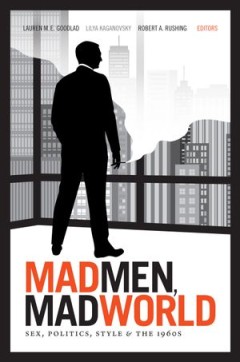
Mad Men, Mad World: Sex, Politics, Style, and the 1960s
Since the show's debut in 2007, Mad Men has invited viewers to immerse themselves in the lush period settings, ruthless Madison Avenue advertising culture, and arresting characters at the center of its 1960s fictional world. Mad Men, Mad World is a comprehensive analysis of this groundbreaking TV series. Scholars from across the humanities consider the AMC drama from a fascinating array of pers…
- Edition
- -
- ISBN/ISSN
- 9780822354024
- Collation
- -
- Series Title
- -
- Call Number
- 791.45
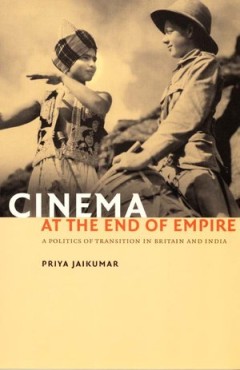
Cinema at the End of Empire: A Politics of Transition in Britain and India
How did the imperial logic underlying British and Indian film policy change with the British Empire’s loss of moral authority and political cohesion? Were British and Indian films of the 1930s and 1940s responsive to and responsible for such shifts? Cinema at the End of Empire illuminates this intertwined history of British and Indian cinema in the late colonial period. Challenging the rubric…
- Edition
- -
- ISBN/ISSN
- 9781478091387
- Collation
- -
- Series Title
- -
- Call Number
- 791.43 JAI c
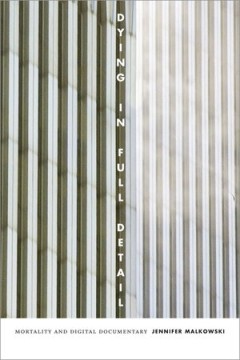
Dying in Full Detail: Mortality and Digital Documentary
In Dying in Full Detail Jennifer Malkowski explores digital media's impact on one of documentary film's greatest taboos: the recording of death. Despite technological advances that allow for the easy creation and distribution of death footage, digital media often fail to live up to their promise to reveal the world in greater fidelity. Malkowski analyzes a wide range of death footage, from feat…
- Edition
- -
- ISBN/ISSN
- 9781478091080
- Collation
- -
- Series Title
- -
- Call Number
- 791.43 MAL d
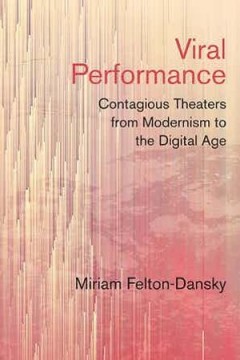
Viral Performance: Contagious Theaters from Modernism to the Digital Age
This volume proposes the viral as a means of understanding socially engaged and transmedial performance practices since the mid-20th century. It rethinks the Living Theatre’s Artaudian revolution via the lens of affect theory, brings attention to General Idea’s media-savvy performances of the 70s, explores Franco and Eva Mattes and Critical Art Ensemble, and surveys the dramaturgies and pol…
- Edition
- -
- ISBN/ISSN
- 9780810137165
- Collation
- -
- Series Title
- -
- Call Number
- 792 DAN v
 Computer Science, Information & General Works
Computer Science, Information & General Works  Philosophy & Psychology
Philosophy & Psychology  Religion
Religion  Social Sciences
Social Sciences  Language
Language  Pure Science
Pure Science  Applied Sciences
Applied Sciences  Art & Recreation
Art & Recreation  Literature
Literature  History & Geography
History & Geography